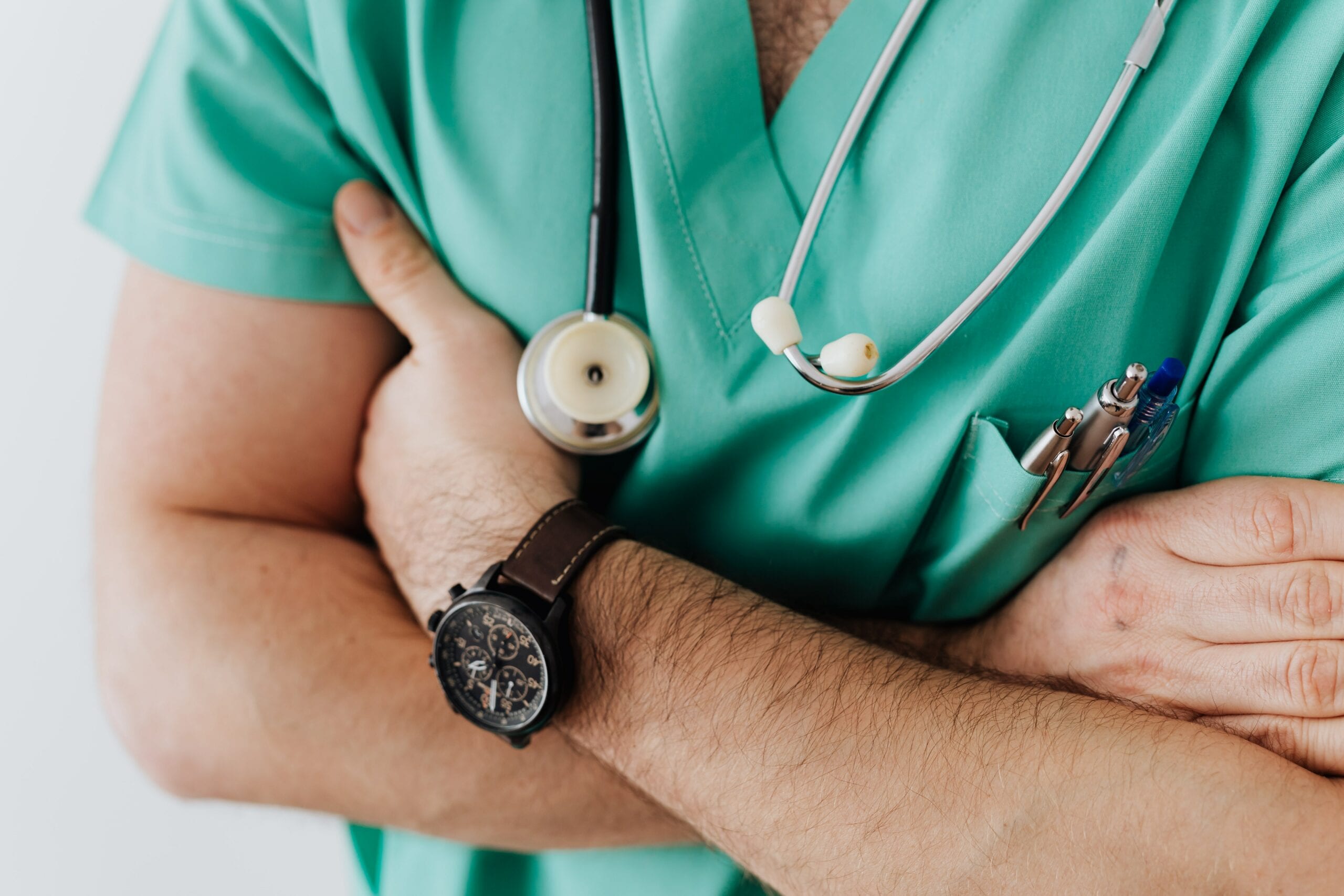Physicians use ultrasound scans for a variety of purposes, including studying abdominal or pelvic organs, tendons or muscles, heart and blood vessels, and fetus development. While this was initially limited to stationary ultrasound labs in clinical settings, the arrival of point of care ultrasound (POCUS) revolutionized the use of ultrasound for patient care and emergency medicine. With portable ultrasound technology, emergency physicians and clinicians in a variety of settings can make use of ultrasound scans for patient imaging, no matter where they are.
Radiologists, cardiologists, OB/GYN professionals, and many other healthcare experts use ultrasonography at the bedside in their offices and intensive care units to monitor patient progress and determine if intervention is needed. One of the most common uses for bedside ultrasound is to monitor patients with severe cardiac or lung issues. For example, a lung ultrasound can be used to diagnose chronic obstructive pulmonary disease. Having modern, portable care ultrasound options is great, not only for clinical practice, but also for medical students learning healthcare scenarios and patient outcomes.
At Vave Health, we’re changing the way POCUS works with the first ultrasound-as-a-service platform. Here are just some of the ways that we’re working to improve sonography as we know it.
No Hidden Fees
Vave offers a one time fee for the probe and use of its software. With this you get full use of cloud imaging for storage and access to education tools to help you learn how to scan. This imaging tool is crucial for any physician—especially those attending to ill patients in the ICU or other areas where clinical decisions have to be made with speed and accuracy. For a one time fee, you will have the ability to switch between a variety of modalities, including the following:
B-Mode Ultrasound:
This is the default, two-dimensional picture that most people probably think of when they imagine a clinical examination using an ultrasound machine. This uses an array of transducers to examine a plane of the body and produce a black and white 2D image. This mode is commonly used in pregnancy checkups.
Color Doppler Ultrasound:
This technique transforms soundwaves into different colors to show the speed and direction of blood flow in real time. This is a standard protocol in echocardiography, and is used to detect heart disease or aortic dissection.
M-Mode:
This is the motion mode for POCUS and is invaluable in the emergency room to evaluate patient movement, tissue movement, and timing of events. It can be used to detect pneumothorax (collapsed lung), cardiac arrest, diaphragm issues, and much more.
Our standard, phased-array probe comes with these abilities in order to ensure a high standard of care, and physicians and students alike can save an unlimited number of images to the secure, HIPAA-compliant, Vave Cloud storage, to their hospital network, or directly to their mobile device. Our POCUS probes pair with one’s smartphone or tablet, and with Vave Cast, a user has the ability to scan on more than one screen in real-time.
Medical Education
Beyond our POCUS devices themselves, we also pride ourselves on Vave’s medical education solution: our custom ultrasound and education programs for medical learners. We empower new users and students with an on-demand learning program right on their mobile devices with access to expert imaging feedback. Each student can create a portfolio that catalogs their progress in learning ultrasound and building competency, which they can carry into their medical programs and careers.
Our probes are sleek and easily sterilized, making them ideal to diagnose and monitor Covid-19. In fact, ultrasound is an even quicker and more accurate way to diagnose coronavirus as compared to traditional testing, making it instrumental when tests weren’t readily available or when they took a long time to produce accurate results. If a new user isn’t satisfied with Vave, they can simply return the probe in working condition within 30 days for a full refund.


